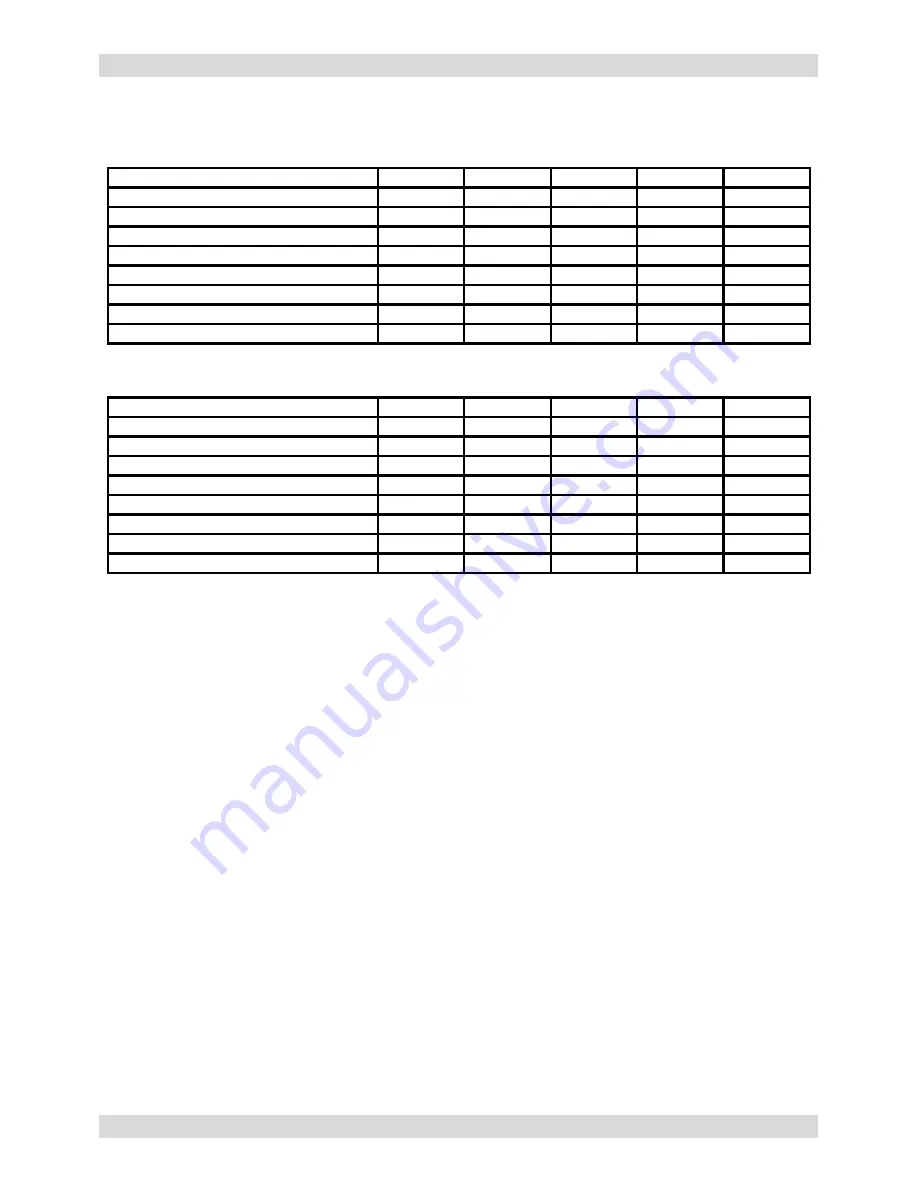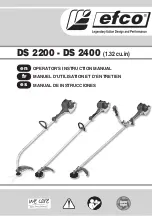
MATERIAL SETTINGS GUIDE
Section
5-18
MELAMINE - PHOTO/CLIPART ENGRAVING
RASTER ENGRAVING
LASER WATTAGE
POWER
SPEED PPI PASS
DEPTH
25
80 38 500 1 .008”
30
80 45 500 1 .008”
35
80 52 500 1 .008”
40
80 60 500 1 .008”
45
80 67 500 1 .008”
50
80 75 500 1 .008”
55
80 84 500 1 .008”
60
80 90 500 1 .008”
COMMENTS:
Engrave unmasked. Use an Image Density of 5.
RASTER ENGRAVING
LASER WATTAGE
POWER
SPEED PPI PASS
DEPTH
25
80 25 500 1 .008”
30
80 30 500 1 .008”
35
80 35 500 1 .008”
40
80 40 500 1 .008”
45
80 45 500 1 .008”
50
80 50 500 1 .008”
55
80 56 500 1 .008”
60
80 60 500 1 .008”
COMMENTS:
Engrave unmasked. Use an Image Density of 3.
COMMENTS
Engraving photographs can be challenging at first but becomes easier once there is an understanding of
what to look for and how to achieve the desired results. In an image processing software, scan the image
in at 300 DPI. Adjust the brightness and the contrasts to brighten the light colors and darken the dark
colors. The photo might look better by using a sharpening filter to sharpen up the image slightly. The
next step is to select a halftone pattern. Usually, imaging software gives the choice of using different
halftone patterns including frequency of lines per inch and pattern angles. Use a line frequency above 20
and below 100. The size of the dots decreases as the line frequency increases. Experiment to see which
pattern looks the best. Big dots look good on some materials and small dots look better on others. If it is
not possible to assign a halftone pattern in the imaging software, the printer driver will automatically
default to a predetermined pattern based on
Image Density
. When using the Clipart mode switch, which
prints all Clipart or drawings as grayscale bitmaps, use the same parameters and techniques as for
engraving photographs.
Summary of Contents for SuperSpeed-660
Page 6: ......
Page 20: ...INSTALLATION Section 2 8...
Page 34: ...SYSTEM OPERATION Section 3 14...
Page 44: ...BASIC MAINTENANCE Section 4 10...
















































